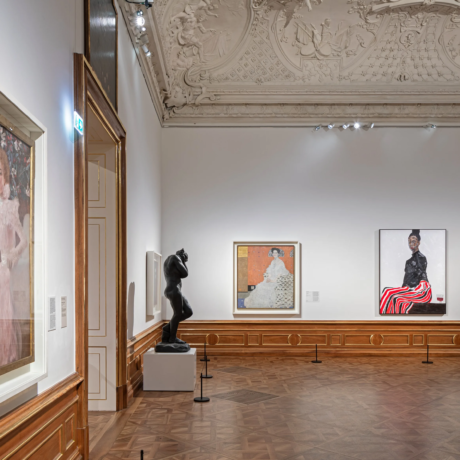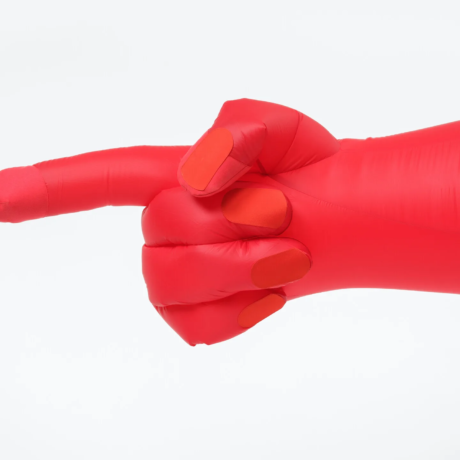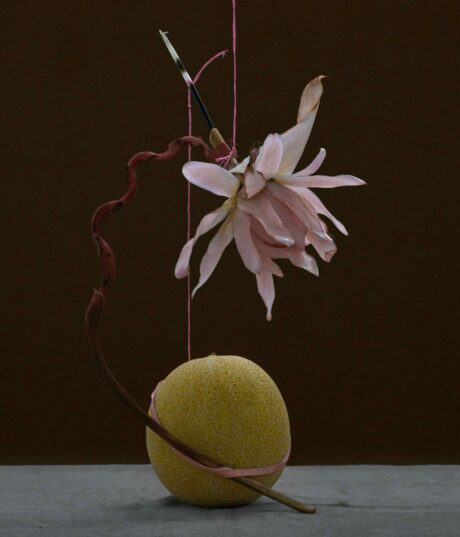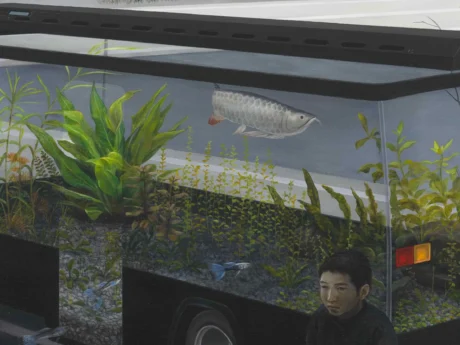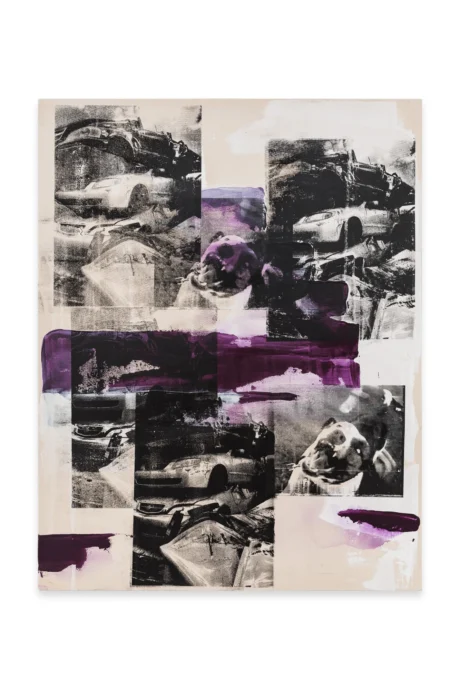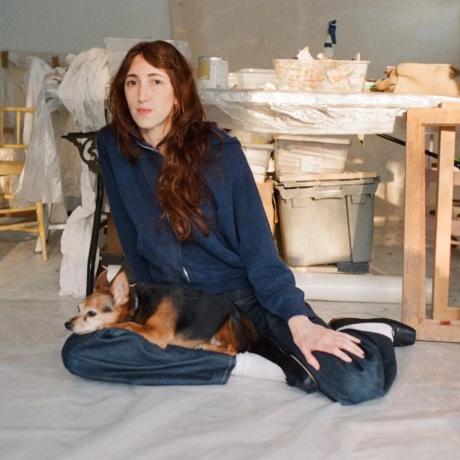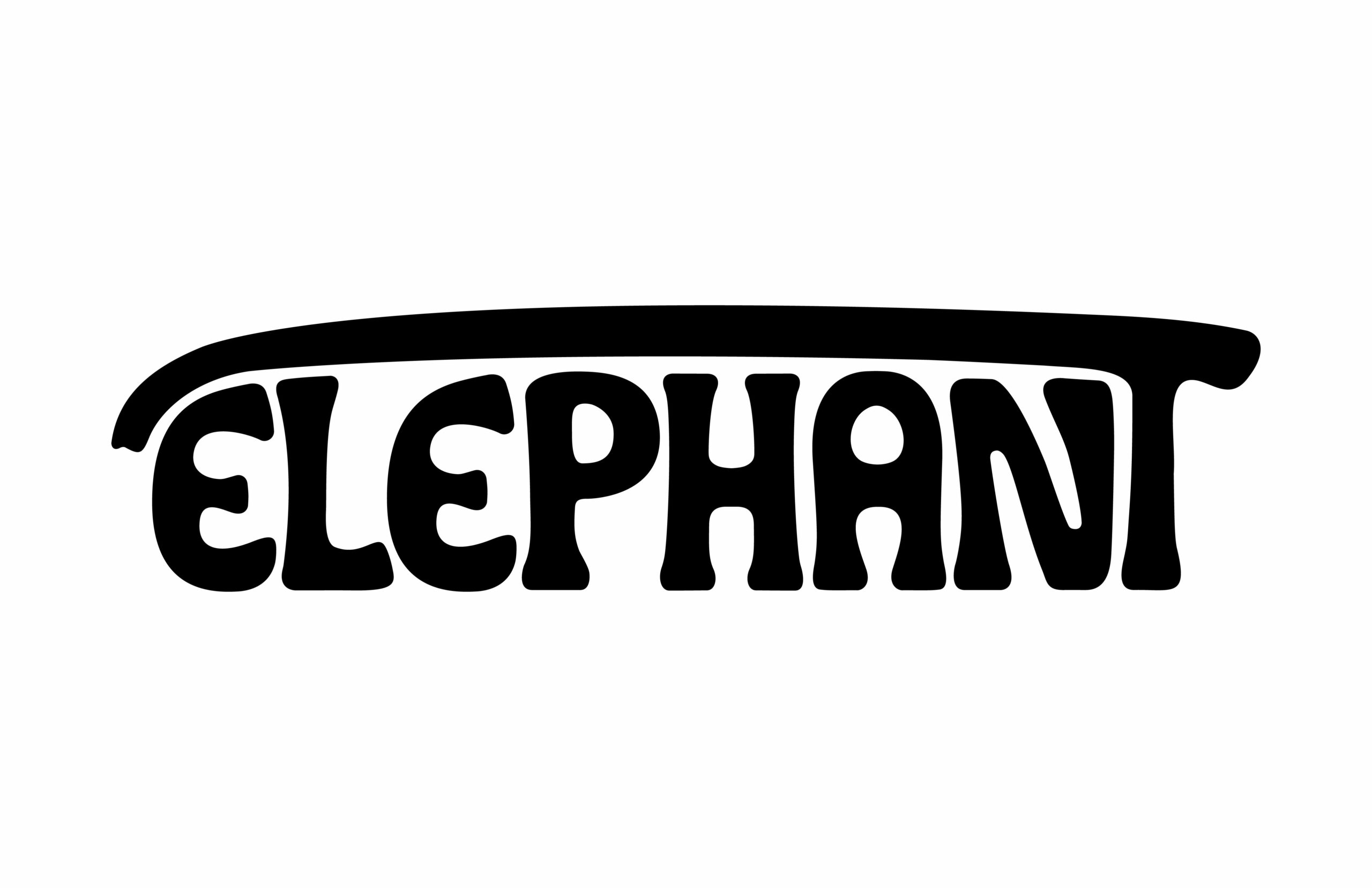Silvana Lagos speaks with Amoako Boafo about Proper Love his first solo exhibition in a European institution.
Proper Love, Amoako Boafo’s first solo exhibition in a European institution, presents over sixty of the Ghanaian artist’s paintings at the Belvedere Museum, Vienna. The show marks a homecoming—a career full-circle—for Boafo, as he spent some of his formative years studying his MFA at Vienna’s Academy of Fine Arts. It was during this time that his practice evolved into what it is now most celebrated for: paintings that embody a profound intimacy, challenging the constraints of Western societal norms.
Using his fingertips to paint the black skin of his figurative portraits, Boafo shifts the narratives away from the White gaze and towards a contemporary image of Black identity. Boafo’s community forms the very core of his practice; he paints the people that surround him, those that inspire him, that exude joy, that bring together Proper Love. With this exchange of energy within his community comes a shift in gaze and perspective as the Black body, which has for too long been depicted in a state of suffering or despair, is now celebrated. Boafo’s subjects are confident, bold, and vulnerable—a striking vulnerability that carries its own strength.
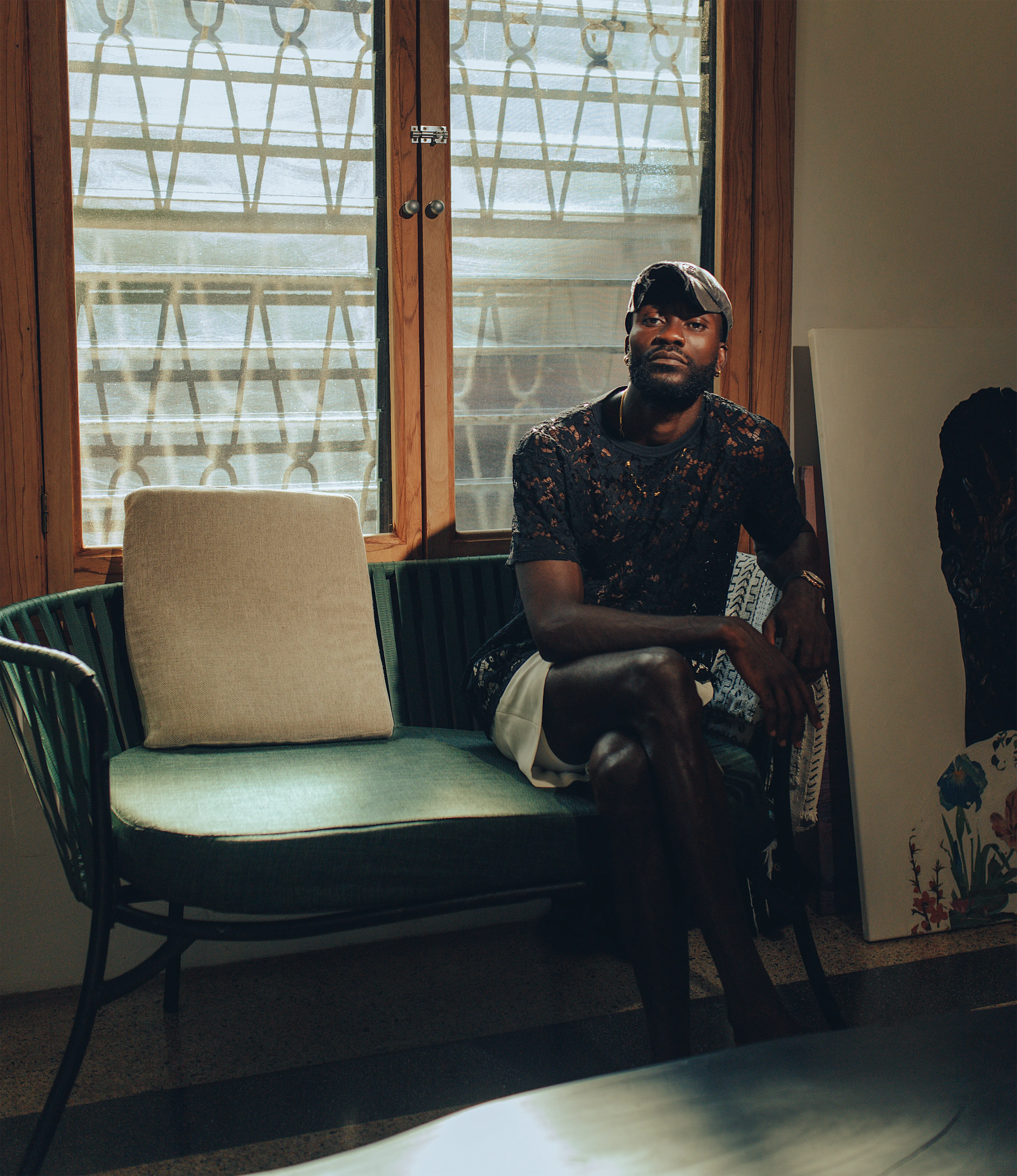
There is a closeness and intimacy in Boafo’s body of work that is palpable. As I move through the exhibition, I’m struck by how I want to get closer to these paintings, more so than I typically would. Boafo’s use of his fingertips as a painting technique draws me in; the sculptural depth he achieves in rendering Black skin feels alive and magnetic. The question of what it means to be truly seen permeates Boafo’s work. For him, being seen is not about relinquishing agency to an external gaze, but about embracing self-recognition and self-empowerment. Through richly detailed depictions of joy, love, care, vulnerability, and strength, Boafo portrays both his community and himself, reclaiming agency and asserting it with authority. This theme resonates throughout his work: the visibility of authentic Blackness and the question of who controls that visibility.
Writing about photography in 1977, Susan Sontag asserts that to portray people is ‘to violate them, by seeing them as they never see themselves, by having knowledge of them that they can never have; it turns people into objects that can be symbolically possessed.’ In Boafo’s paintings, it is the intimacy between subjects—rather than the subjects themselves—that can be almost possessed, quite literally at his fingertips. When I asked Boafo how intimacy conveys itself to him, he shared that it most often ‘comes from a real place beyond composition, poses and the expressions of my subjects. These individuals are more than just subjects; some of them are people I know well and have true connections with. There are even some private moments captured in the paintings that can be felt, but not fully understood. That shared intimacy is what I believe viewers experience and are drawn to partake in.’
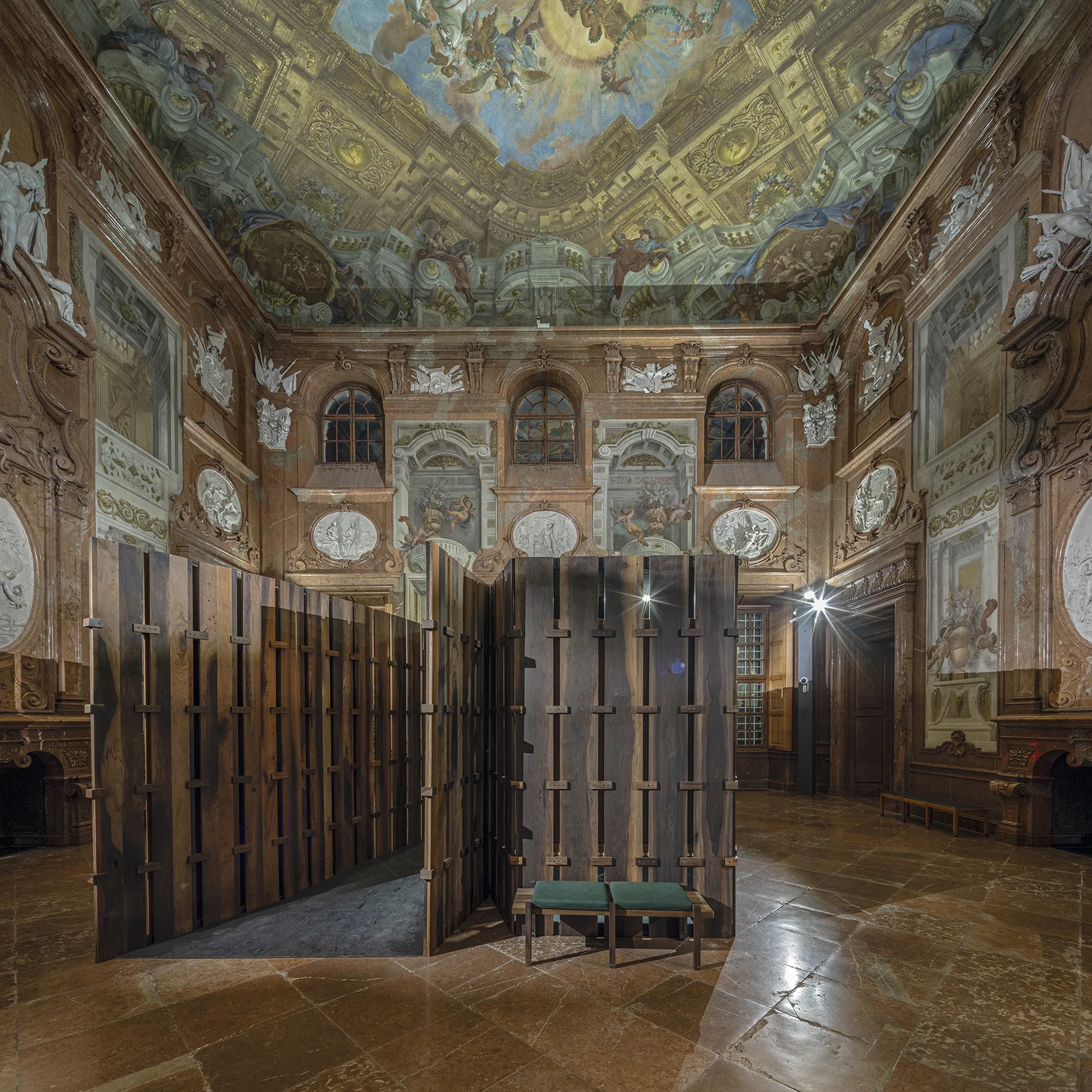
Boafo produced only one new painting for Proper Love; Papillon Hug (2024), the artist’s interpretation of The Kiss by Gustav Klimt, features centrally in the exhibition and explores the concepts of intimacy and identity. The painting was also the only artwork to be transported from Accra, besides the materials which comprise the Volta Pavilion, where Papillon Hug is hung. The structure was designed specifically for its display by the architecture firm DeRoché Strohmayer, whose co-founder Glenn DeRoché is a longtime collaborator of Boafo. The pavilion beautifully bridges between the rich cultural heritages of Ghana and Vienna; it is crafted from reclaimed timber from Ghana’s Volta region, locally known as kane wood, using traditional Viennese joinery techniques.
This thoughtful dialogue between material and technique also redefines how Boafo’s work is viewed; the gaps between the beams of the pavilion walls allow slight glances of Papillon Hug before the full display of the work. This experience slows the viewer, gradually introducing them to a porous yet intimate space for retreat and reflection with the painting. This space detaches the audience from the grandeur of the Belvedere and offers a different form of richness, one derived from the texture, grounding scent, and warm tones of the surrounding kane wood. Together, DeRoché Strohmayer and Boafo have created an immersive sanctuary, removing distraction and accentuating the vibrancy and emotional resonance of Papillion Hug.
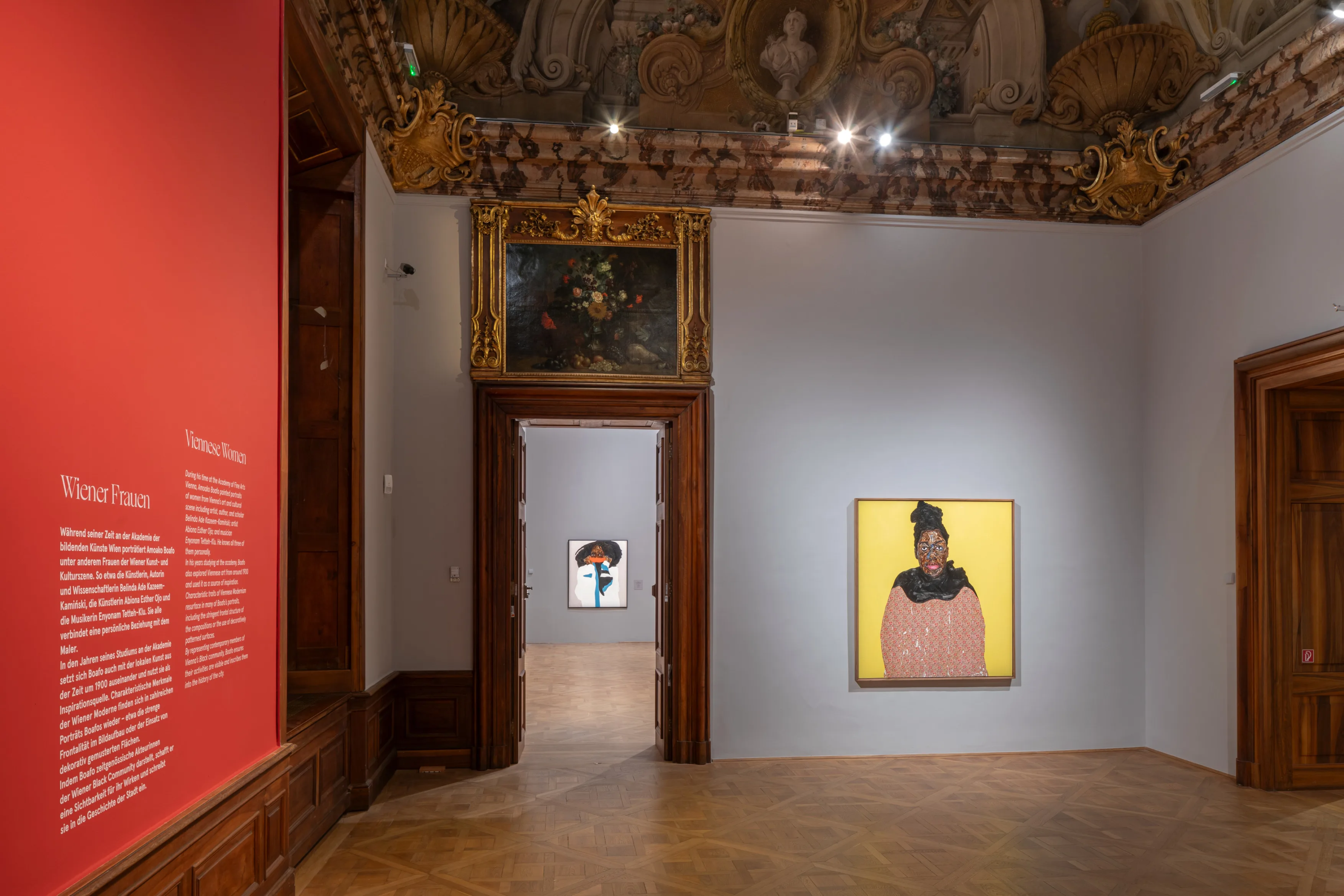
Boafo sees the pavilion and Papillon Hug as inseparable; one cannot fully exist without the other. His practice extends beyond painting as he crafts complimentary environments that, until now, remained contained within the sculptural texture of his work. The pavilion is an expansion and progression of expands Boafo’s concept, encouraging audiences to consider the context in which his art is experienced. It also speaks volumes about how Blackness is often overlooked or misrepresented in institutions like the Belvedere, where visibility, when granted, is frequently shaped by unfamiliar narratives imposed by an oppressive Other. The Volta Pavilion challenges this dynamic, offering a space that centres Blackness on its own terms.
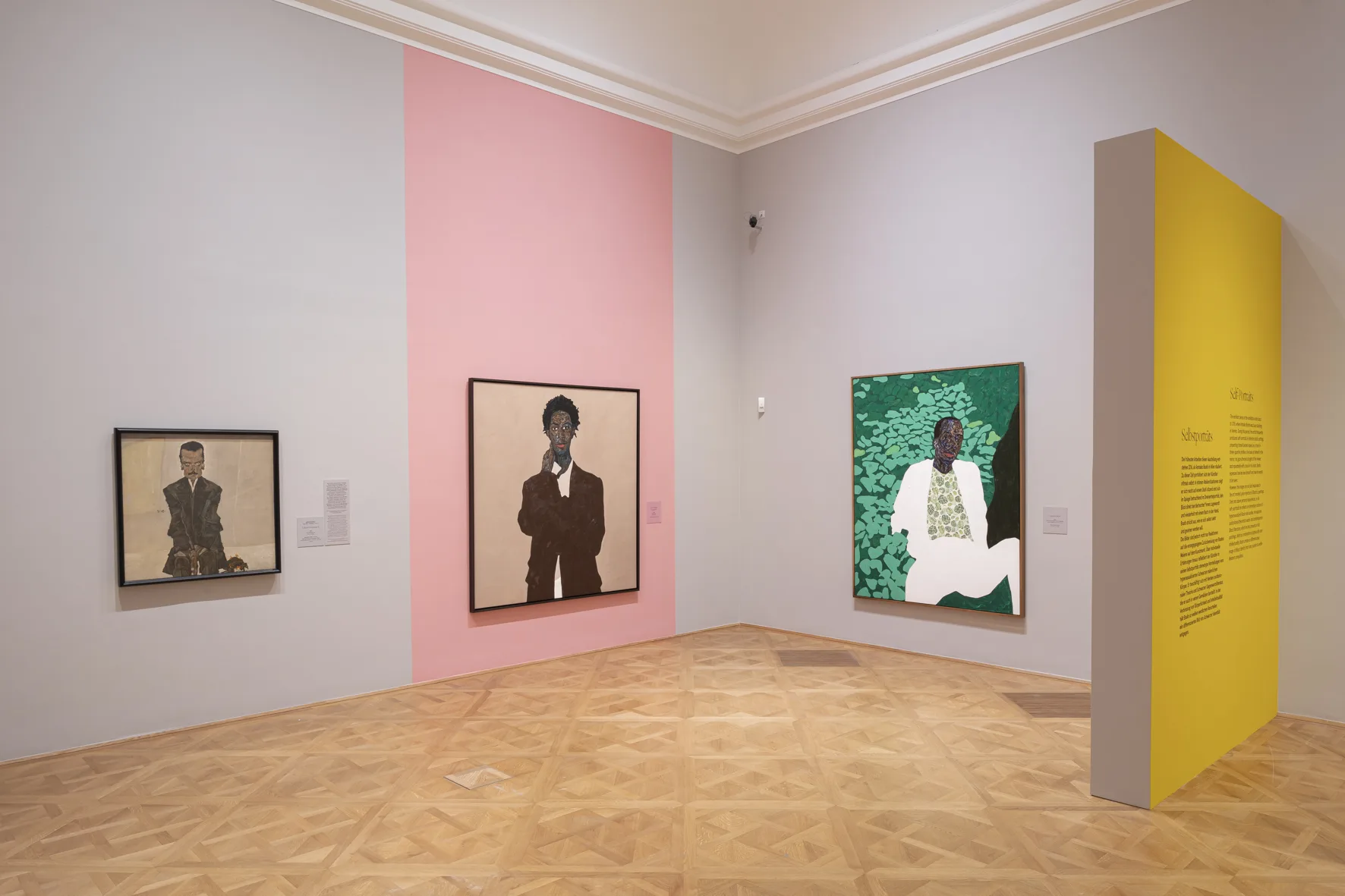
In addition to the exhibition at the Lower Belvedere, Boafo’s works are featured in the permanent displays at the Upper Belvedere. Home to Gustav Klimt’s The Kiss, the space is a masterpiece of opulence, with its gold-leaf adornments and marble pillars attracting over 1.5 million visitors each year. Proper Love both integrates and juxtaposes Boafo’s work within this environment: Papillon Hug is positioned in the Lower Belvedere as an intentional echo of The Kiss in the Upper Belvedere. While one could ask how the great twentieth-century Viennese modernists may have influenced Boafo’s work, I find myself wondering instead how the Belvedere—and the nearby works of Schiele and Klimt—might be influenced by sharing space with an Amoako Boafo. ‘This is an important addition to the western historical norm,’ Boafo explains. ‘Hopefully it encourages the challenging conversations needed to be had as we recognise our shared existence. Ultimately, it invites us to engage with our histories and identities in a way that promotes understanding and connection among different opinions.’
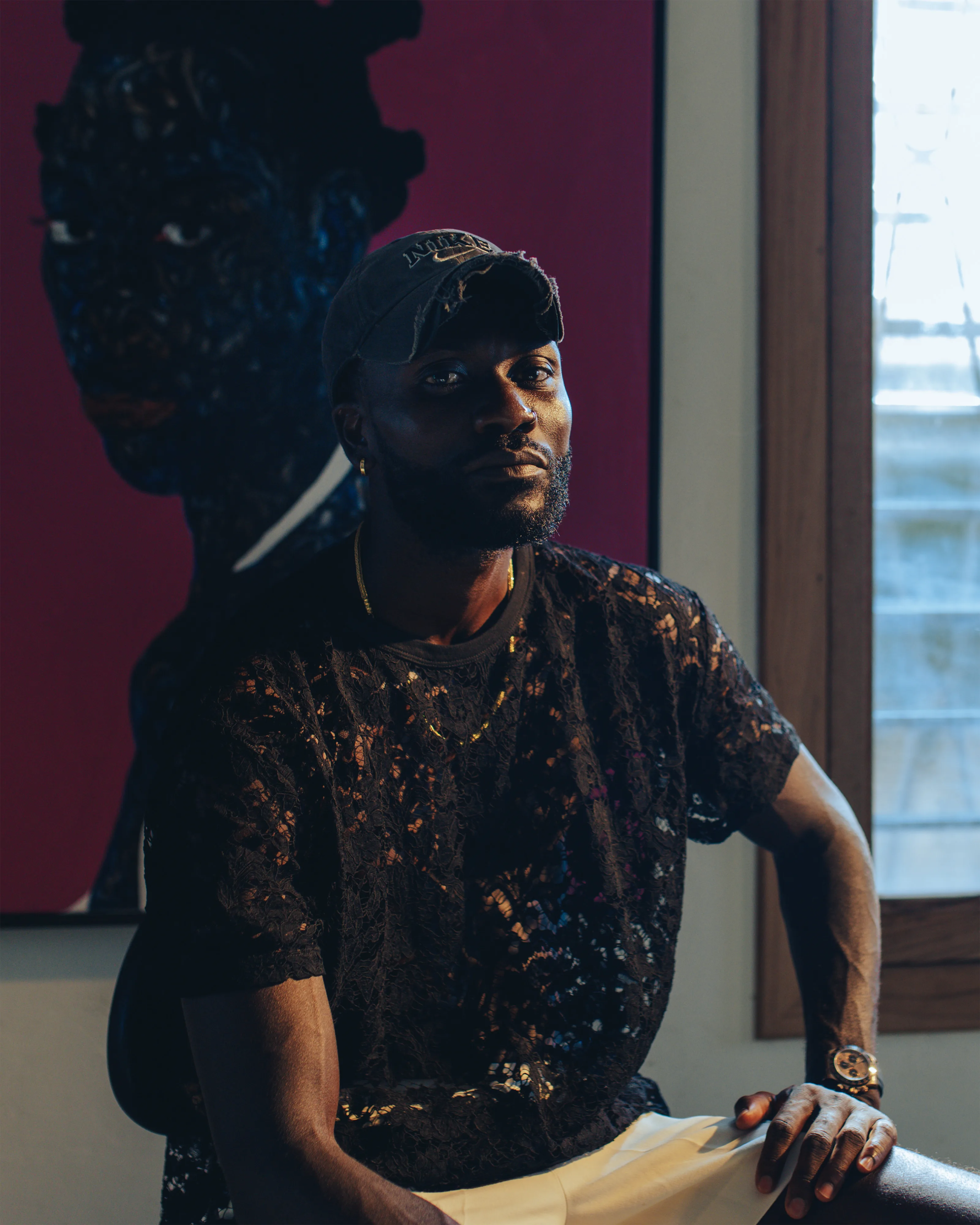
Why must works be juxtaposed solely to highlight formal similarities or pay homage to earlier figures in order to validate their “greatness”? Boafo’s evolving techniques tell a far richer story, marked by his transition from brush to fingertip painting during his years of study in Vienna which brought a sculptural depth and tactile intimacy to his work. These intricate details—the precision of his touch, those layered textures—underscore the profound relevance of Boafo’s decision to incorporate an architectural intervention into his first European institutional exhibition. By introducing the Volta Pavilion, Boafo asserts his presence in this space in a way that reflects and reinforces his oeuvre and legacy, reshaping how audiences engage with his art and the surrounding environment.
Words by Silvana Lagos
Proper Love continues at Unteres Belvedere through 12 January 2025.
Find out more